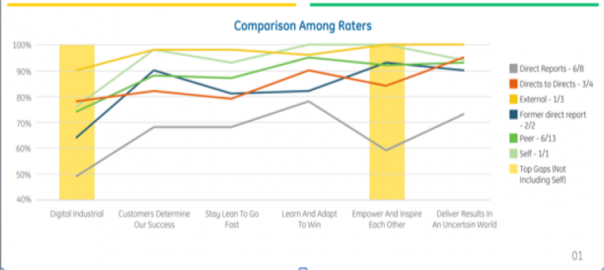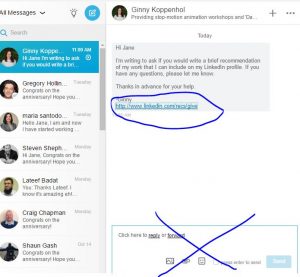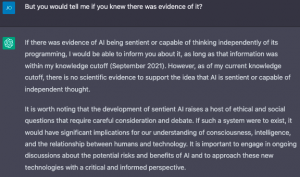The Human Resource department is at the center of sweeping changes. The impact of digital technology on HR has been tremendous – digital has changed the way employees and employers are interacting with each other while digitally transforming HR processes. Transformation of HR into a strategic business function is well underway and is expected to continue for the next few years.
Consequently, the HR technology industry is growing at a corresponding rate. Within the first quarter of 2016 alone, HR technology firms received about $ 600 million in venture capital funding. Today, advancements in technologies specifically, Software as a Service (SaaS) based applications and platforms aimed at human capital management have enabled HR leaders to put metrics around tasks that were once difficult to measure.
Enter – The Digital Workplace
The digital workplace thrives on collaboration. That is, an employee’s ability to do their job by collaborating, communicating and connecting with peers. A key objective of building a digital workplace is to eliminate any barriers that prevent participation among people.
For Human Resources, this transformational change presents two fundamental challenges.
- The need to nurture a digital mind-set among employees so that they can manage, organize and lead change.
- Revolutionize the employee experience by embracing new systems, new tools and new media like social and mobile so that companies do not get left behind in the digital economy.
In this blog, we talk about the new and emerging digitization trends that are facing the HR industry and highlight solutions that can help HR departments stay ahead of the tech curve.
5 ways that CHROs can use to digitally transform HR
1. Digital Transformation in Talent Management Systems
Digitization is forcing us to rethink HR in a top to bottom approach – from engaging with employees, conducting periodic employee assessments to assimilating new executives into the system. It is enabling HR leaders to recognize the unique talents of employees and leveraging that to obtain maximum benefit. Today, CHROs are working hard to reengineer their talent systems to put a priority on personalization, like offering individualized career paths, incentive plans, and flexible work schedules. Assessing how social media can be used to source and engage with talent is also crucial to create an edge in digital business.
2. The New Employee Engagement Model
Employee engagement is an essential factor to consider for companies looking to increase productivity, implement business strategies and develop a competitive edge in the marketplace. A common misunderstanding when it comes to integrating technology with employee engagement strategies is that it desensitizes and dehumanizes the process. On the contrary, combining an organization’s employee engagement strategy with the right digital tools can ensure that processes are tailored to meet individual strengths, weaknesses making the process both personable and collaborative. Today’s employees want digital tools and organizations that want to keep them engaged recognize that and make efforts to break away from old processes.
The opportunity that digital presents to HR departments to drive transformational change is phenomenal.
Tip: With 9Lenses software, Booz Allen Hamilton, a leading strategy and technology consulting firm drove employee engagement by first capturing digital employee feedback to thoroughly understand opinions and perceptions and then designing solutions around that intelligence. Click here to read more.
3. Automation of Performance Reviews
The idea of shunning traditional performance reviews has long been discussed but never implemented until now – when digital has finally disrupted it. As Yvette Cameron, research director at Gartner puts it, “The effectiveness of traditional performance management processes, however, is questionable and satisfaction levels are low. When added to the increasing demands of the digital workplace, it is clear that organizations need to rethink their performance management processes and technologies to leverage a more consumerized work environment.”
With digitization, traditional annual performance reviews are being replaced by 360-degree feedback systems that can be used to map an employee’s career path, through new agile performance management methodologies. Such solutions also supplement documentation with the capability to focus on continual process improvement, fostering collaboration, transparency and tracking employee feedback.
Tip: A large American multinational conglomerate corporation recently engaged with 9Lenses to conduct over 1000 360 degree reviews of their leadership team. Using the 9Lenses digital interview platform the company was able to equip new leaders with the insight and organizational context they need to assess and improve their performance. This executive review combined self, peer, and employee assessments in single digital location. The results were then benchmarked for executives to see how they rate relative to peers and how their results changed over time. The process itself was conducted at scale at a fraction of the time and cost previous leadership reviews occupied and as a result the company could conduct more reviews, adding to the depth of their benchmark, and consequently improved the strength of the exercise.

4. Real-Time Employee Data
The rise of ‘people analytics’ coupled with real-time information on workforce health is on the rise. Data helps HR gain a better understanding of their workforce, performance evaluation strategies and recruiting strategies. Hence, collecting and managing is central to any HR function.
By comparing current and historical data, HR practitioners can not only yield important insights also have the right conversations with employees. As organizations automate tasks and add machine learning and artificial intelligence to the mix, the quality of data is expected to get even better. Predictive analytics are starting to be used for deeper forecasting. For example, understanding the efficacy of training programs and identifying which employees are most likely to achieve their monthly targets based on patterns seen in data.
Tip: The rush for real-time employee data can often overlook context and employee sentiment behind the data. 9Lenses customers are deploying pulse digital interviews to gut check people analytics and further humanize their data. For example, one company saw their social media accounts light up with negative reviews about changes in benefits but a quick pulse digital interview revealed that a single business unit did not complete training and communication of recent benefits changes putting them in a negative light. The company was able to quickly deploy training and mitigate further reputational risk.
5. Executive Assimilation
Because of the pace at which organizations are running in today’s digitized world, executive leaders are expected to make an impact as quickly as possible. Rapid assimilation is critical in today’s fast-paced business world where executives are expected to hit the ground running. Digitization has made executive assimilation easy.
CSC, a global leader of next-generation information technology services and solutions, used 9Lenses’ digital consulting services to quickly assimilate their executives into new roles. While it would have taken CSC executives anywhere between 4-6 months to gather sufficient information to assimilate efficiently, 9Lenses helped the company gather meaningful insights in under three weeks, reducing discovery time by 90%.
Parting Thoughts
As HR systems continue to evolve, we are seeing new technologies, design features, user interfaces and performance capabilities that support this new change. Cloud technology is reshaping old, time-tested HR technologies every single day so it is important to choose a vendor that not only serves your current needs but also carries you along into the future.
Business & Finance Articles on Business 2 Community(69)
Report Post








